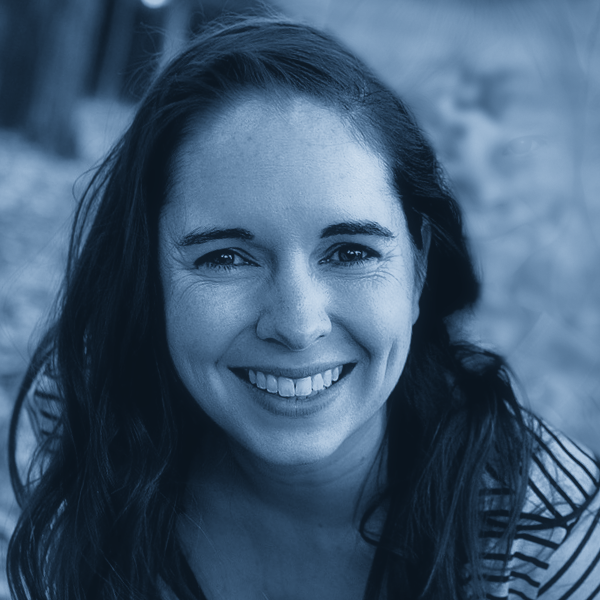Both public high schools in Waterloo Region’s rural townships slipped slightly in rankings compiled by a national think tank, but still remain in the upper echelons.
Elmira District Secondary School was 70th of 722 secondary schools, tied with 11 other schools throughout the province. Waterloo-Oxford in Baden was a few levels down, ranked 184 along with 27 other schools.
In the past five years, the two schools had been ranked 22nd and 87th respectively. But Mary Lou Mackie, executive superintendent of education for the Region of Waterloo District School Board, dismissed the entire ranking system, saying parents need not worry.
“The Fraser Institute delights in ranking schools, and we don’t agree with that ranking process,” explained Mackie. “They take one tiny piece of data and use that to measure schools against schools, and I think we all know that the value of a secondary school is so multidimensional.”
For its part, the Fraser Institute says its report cards provide parents with a simple-to-use, objective tool to judge whether the academic performance of a school is improving or declining, Mike Thomas, the institute’s associate director of school performance studies, said in the report released this week.
The report card also compared the school’s performance with the performance expected based on parental average income, drawn from Statistics Canada’s most recent census data. With an average family income of $78,700 Waterloo-Oxford performed better than expected, while EDSS didn’t do as well as expected based on an average family income of $182,900.
On average, schools with higher parental income had a higher overall rating. However, the report’s authors acknowledge that less than 25 per cent of variation among schools is associated with the level of income.
In tandem with the report card, the institute’s website allows users to compare the performance of 722 English and French, public, and Catholic secondary schools from across Ontario based on eight key indicators derived from province-wide tests of literacy and mathematics skills administered by the province’s Education Quality and Accountability Office (EQAO).
This year’s results indicate that, province-wide, fewer students tested below the provincial average on reading and numeracy skills than in 2008. In 2009, 28.3 per cent of tests written were below the provincial standard, compared to 29.6 per cent in 2008.
“This is a notable achievement, and one that should encourage all teachers and administrators. For schools that didn’t see an improvement in students’ test scores, educators should be identifying areas in which improvement can be made and seeking advice from similar schools that have grown academically,” Thomas said.
Mackie, however, said that although she is certainly a proponent of having some measurement of student achievement, she believes the scope of the Fraser Institute’s measurement is far too narrow.
“When you think about what a school does, you think about the technical programs, the arts programs, music programs. At Waterloo-Oxford for example, there is the multi-media program,” she noted. “There are so many things that make a secondary school a value to a community. I think to just look at the results from one test on one year at one snapshot in time is a pretty limited way of measuring a school.”








